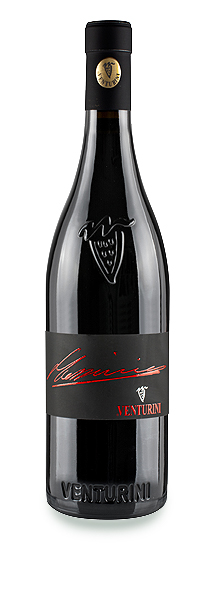
Rosso Verona “Massimino”
This wine is dedicated to Massimino, the second-generation of Venturini family of winemakers, a man with a steadfast, determined character whose rather brusque manner concealed a great heart and benevolent gaze. Produced in a lighter “appassimento” style than the modern rules for Amarone require, the grapes for Massimino are dried for a shorter period of time before the crush. This creates a dry, complex rich wine with a long finish. All the flavor of Amorone but in a fresher style.
Appellation: Rosso Verona IGT
Type: Red, appassimento, dry
Blend: 75% Corvina and Corvinone, and 25% Rondinella
Organic

